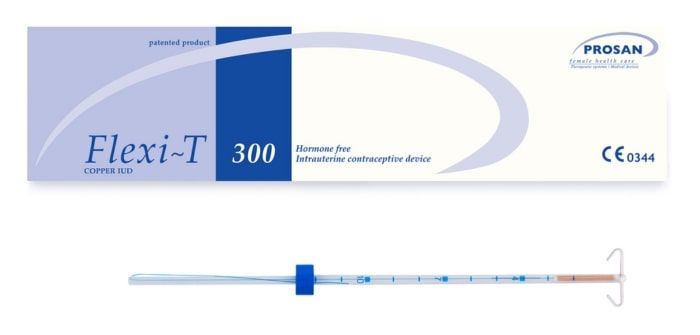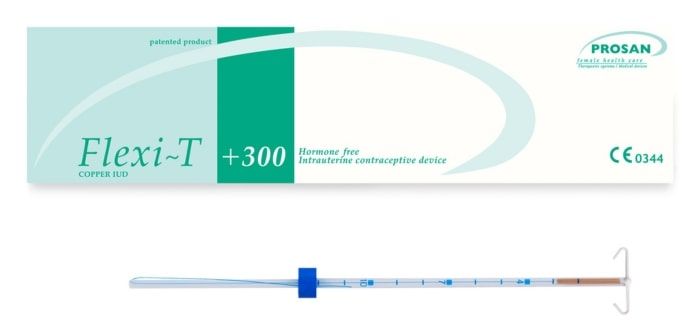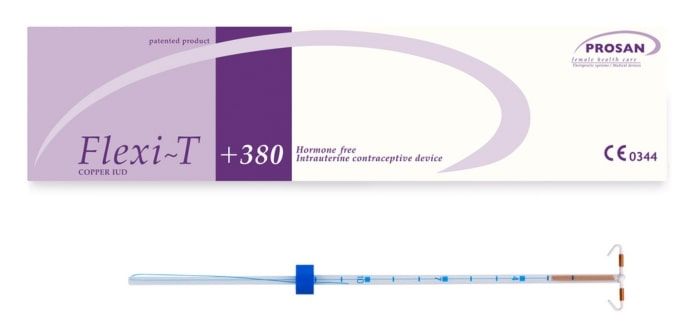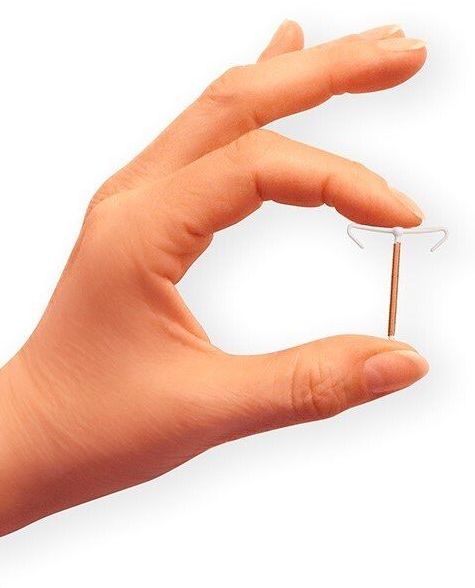Health Care Providers
Do you have questions about Flexi-T IUD? We have the answers health care providers need to know when recommending this safe, effective contraceptive solution to patients.
Download this IUD Insertion Guide for Health Care Providers
Download this IUD insertion guide for healthcare providers. You can now provide an effective, long-term, reversible, and non-hormonal contraceptive alternative to your patients.
What Is the History of Flexi-T IUD?
The development of Flexi-T is a result of accredited studies, using data from uterine cavity measurements by the Kurz Cavimeter. The study involved 795 fertile women of all ages in three different parous categories:
- No previous pregnancies
- One pregnancy
- Multiple previous pregnancies
Researchers concluded from the data that the number of previous pregnancies affect the dimensions of the uterus. They used this information during the development of the Flexi-T to offer two different IUD sizes: standard IUD for women who have already had children; and smaller IUD for women who have not given birth.
The Flexi-T Also Has the Following Features:
- Fundus-seeking T-shape design and flexible material reduce expulsion risk and minimize potential side effects like discomfort and spotting.
- Narrow IUD insertion tube without a plunger makes insertion and removal easy and relatively painless.
- Smooth, rounded IUD corners and narrow, plunger-free insertion tube gives a near-zero perforation risk.
The Flexi-T clinical trial included 1150 women of all ages and parous categories and concluded that the device is safe and offers women a high standard of contraceptive protection.
What Is the Efficacy of Flexi-T?
The
efficacy of the Flexi-T is achieved when the IUD copper tubing releases traces of copper into the uterus, causing the sperm cells to lose their mobility, thereby, preventing fertilization of the egg. Additionally, in the unlikely event the sperm reaches the egg, the copper in the Flexi-T prevents the egg from uterine wall implantation. Because of this, Flexi-T is well suited for emergency use as a “morning after” contraception up to five days after the “accident.” Double action begins immediately after Flexi-T insertion.
Which Flexi-T Models Are Available?
Flexi-T offers the following models to meet the unique needs of women:
Flexi-T 300
The smallest of the models, Flexi-T 300 is 29 mm long and 23 mm wide and wrapped with 300 mm of copper wire. This model is well suited for women who have not given birth yet or women in menopause who prefer to use contraception.

Flexi-T+ 380
The Flexi-T+ 380 is the same size as the Flexi-T+300, but there are a couple of key differences. The vertical axis and arms of the Flexi-T+380 are wrapped with 380 mm of copper, which is a greater amount than the other two models, boosting contraceptive effectiveness. This model is ideal for women who are in their most fertile period between 20 and 35 years and who have given birth to one or more children. Due to the higher level of copper, the woman may experience an effect on her menstrual cycle. If the patient has a history of spotting throughout her cycle, another Flexi-T model with a lower copper amount may be a better option.
Each Flexi-T IUD model is 100% hormone-free and does not disrupt the patient’s natural hormonal balance. The process to insert each model is easy for the physician and painless for the patient. The Flexi-T 300, Flexi-T+300, and Flexi-T+380 all offer five years of optimal contraceptive protection.
What Are the Benefits of Flexi-T?
Benefits of the Flexi-T for doctors and patients include:
- Small and flexible device with ideal T-shape for insertion and placement
- Easily inserted with relatively no pain or discomfort
- Uses a narrow insertion tube (3.5 mm)
- Does not use a plunger, resulting in only a negligible risk perforation during device insertion
- Reliable, over 99% effective contraception
- Cost effective
- 100% hormone-free
- Long-lasting protection for five years
- Reduces risk of endometrial cancer
- Visible on ultrasound and X-rays
- Suitable for most women
- Immediate protection as soon as the IUD is in place
- Immediately fertile again after IUD removal
Which Candidates Are Right for Flexi-T?
Currently, more than 1 million women from all over the world use Flexi-T to meet their contraception needs. The device is a good fit for female patients who:
- Do not want to get pregnant
- Are in the reproductive period between the first menstruation and menopause
- Are breastfeeding a child and need contraception between pregnancies or as an alternative to sterilisation
- Do not tolerate hormone-based contraception or prefer not to use it
- Need an easy-to-use, hassle-free contraceptive to prevent pregnancy that is safe and effective for long-term use
- Do not want to risk human error in birth control or deal with daily medication ingestion or condom-use
- Desire a “set-it-and-forget-it” contraceptive solution
Offer Flexi-T IUD as an Optimal Contraceptive Solution
Your patients will appreciate having a reliable, over 99% effective contraceptive choice that is safe, long-lasting, and hormone-free. If you need additional information about Flexi-T IUD, connect with the team at Flexi-T IUD.







